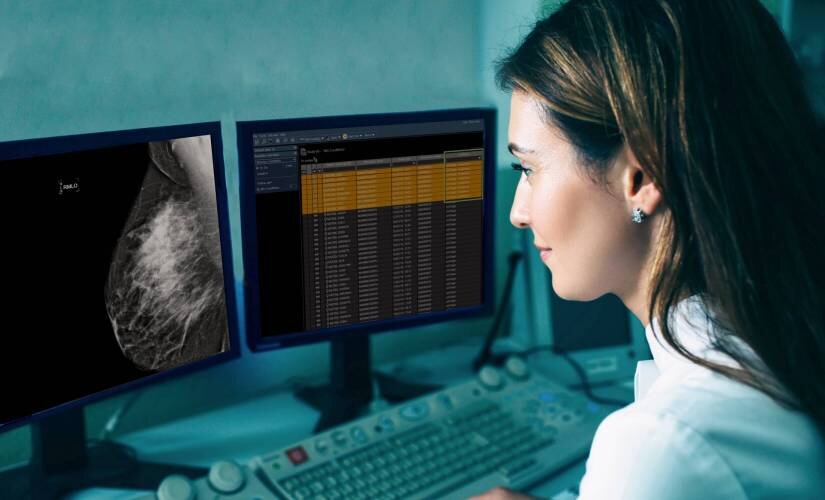Name an industry, and artificial intelligence is shaking it up. Some of the biggest changes, however, are happening in the quietest areas of the market.
One of those is medical imaging. Although it may not be as glamorous as autonomous vehicles, AI-driven imaging is doing something even more important: saving lives. Companies like CureMetrix are turning image analysis from a guessing game into a data-driven process.
The typical radiology patient doesn’t see doctors using CureMetrix’s technology. All they know is that their treatment depends on an accurate diagnosis.
What’s going on behind the scenes, and what’s next for the medical imaging industry? To find out, we sat down with CureMetrix CEO Navid Alipour. It turns out the answer is every bit as exciting as those self-driving cars. And no, the robots aren’t taking over any time soon.
A Revolution in Medical Imaging
To grasp just how much AI is changing the world of medical imaging, it’s important to understand what the low-tech process looks like.
“Not that long ago, medical imaging was a lot like ‘Where’s Waldo?’” Alipour explains. “Basically, experts would scan images and then search for tiny irregularities that could signal things like cancerous lesions.”
Despite all the training doctors and radiologists go through, they make mistakes. Studies suggest error rates of human-only analysis may be around 35 percent.
Think about that: Without the help of AI, a third of patients who undergo radiology are steered in the wrong direction. And for different reasons, errors in either direction are dangerous.
If something is missed — a false negative — the patient doesn’t receive treatment, and the cancer continues to grow. Many conditions that require imaging are time-sensitive. Every day that a cancerous tumor goes unnoticed, it grows larger and the risk of metastasis increases.
On the other hand, a false positive — meaning the radiologist mistakes a benign feature for a medical issue — can expose patients to invasive procedures unnecessarily. Biopsies, for example, are painful and costly. On average, 70-80 percent of them come back negative in the search for breast cancer while placing emotional stress on the patient, as well as her family.
How does CureMetrix minimize errors, and more importantly, what does that mean for patients?
